Categories
We’ve answered many different kinds of questions for many different organisations in over 70 countries. They include:
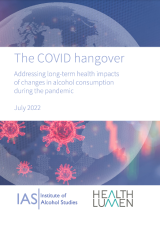
Estimating the long-term health impacts of changes in alcohol consumption in England during the COVID-19 pandemic
Alcohol consumption patterns in England changed during the COVID-19 pandemic. Between one-fifth and one-third of adults increased their alcohol consumption, with a similar proportion drinking less. There was a 20% increase in alcohol-specific deaths in England in 2020 compared with 2019, and this trend persisted through 2021. Alcohol harm includes disease morbidity and mortality, healthcare costs, and wider social consequences. This study aimed to quantify future health, healthcare and economic impacts of changes in alcohol consumption observed during the COVID-19 pandemic using the well-validated HealthLumen microsimulation model.
Three alcohol consumption scenarios were looked at, and in all three the model projected a significant increase in the incident cases of disease, mortality, and healthcare costs. If consumption does not return to 2019 levels or lower, the modelling shows that England could see an additional 147,892 cases and 9,914 additional premature deaths from nine alcohol-related diseases, costing the NHS £1.2bn.
The report concludes that a comprehensive alcohol strategy is needed to harmonise policies across the UK, with a coherent set of evidence-based policies: increased resources for alcohol treatment and support; price interventions through the new alcohol duty system; the introduction of minimum unit pricing in England; adding public health as an objective of the licensing system for alcohol outlets; and improving alcohol marketing regulation, to reduce the reach and appeal of marketing to those vulnerable.
View NIHR Report
View Data Appendix
View Results Appendix
View Technical Appendix
View Policy Report from the Institute of Alcohol Studies
View editorial in the British Journal of Hospital Medicine
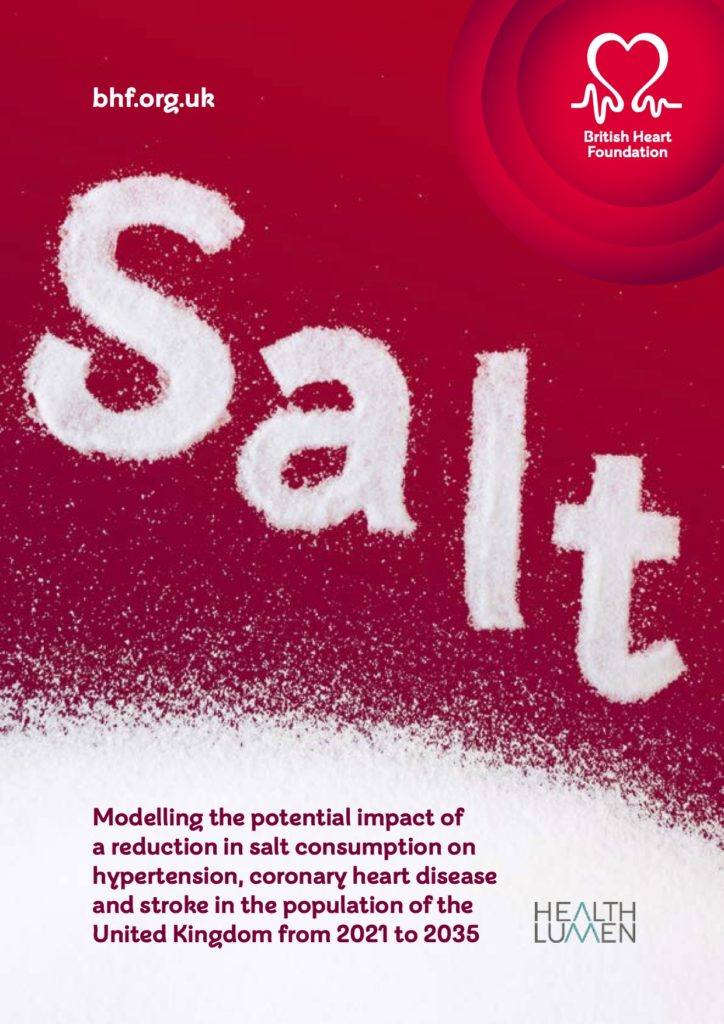
Modelling the potential impact of a reduction in salt consumption on hypertension, coronary heart disease and stroke in the population of the United Kingdom from 2021 to 2035
Poor diet contributes to the high prevalence of hypertension, obesity and non-communicable diseases (NCDs), such as cardiovascular diseases, cancers and diabetes, in Europe. In particular, high levels of salt consumption are harmful to the cardiovascular system. Therefore, a comprehensive strategy to improve diet, including reducing the levels of salt consumption is widely recognised as a strategy to improve health at a population level.
For this study, the British Heart Foundation commissioned HealthLumen to develop a microsimulation model to quantify the significant health and economic benefits that could be achieved by 2035 if UK adult salt consumption was reduced to 6g per day, as per current recommendations, by 2024 and 5g per day by 2030, in line with the WHO target.
Results show that a reduction in salt consumption could attenuate the health and economic burden of hypertension, CHD and stroke. Under the intervention (salt reduction) scenario, we project that 1.4 million fewer people will be living with hypertension in 2035 compared to the baseline scenario. We project that 134,789 cumulative incidences of CHD and 48,540 cumulative incidences of stroke could be avoided by 2035. We project that these reductions will incur direct cost savings of £6.70 billion and indirect cost savings of £4.70 billion between 2021 and 2035.
Given the health and economic benefits that would be generated by a reduction in daily salt consumption, UK Government action that seeks to enforce the national salt reduction policy outlined in this report would contribute significantly to the 2019 NHS target of preventing “up to 150,000 heart attacks, strokes and dementia cases over the next 10 years.”
View blog post
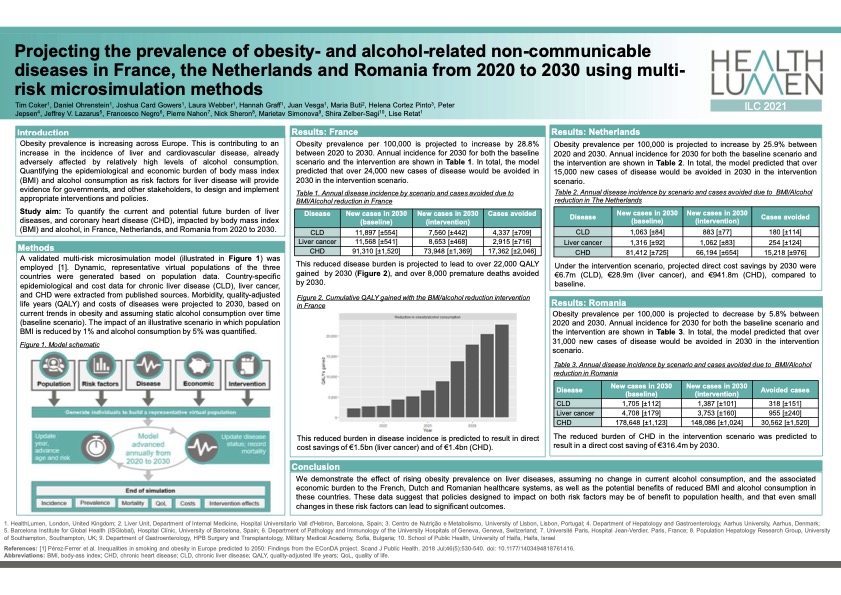
Projecting the prevalence of obesity- and alcohol-related non-communicable diseases in France, the Netherlands and Romania from 2020 to 2030 using multi-risk microsimulation methods
Obesity prevalence is increasing across Europe, which is contributing to an increase in the incidence of liver and cardiovascular disease, already adversely affected by relatively high levels of alcohol consumption. This study demonstrates the effect of rising obesity prevalence on liver diseases, assuming no change in current alcohol consumption, and the associated economic burden to the French, Dutch and Romanian healthcare systems, as well as the potential benefits of reduced BMI and alcohol consumption in these countries. The data suggest that policies designed to impact on both risk factors may be of benefit to population health, and that even small changes in these risk factors can lead to significant outcomes.
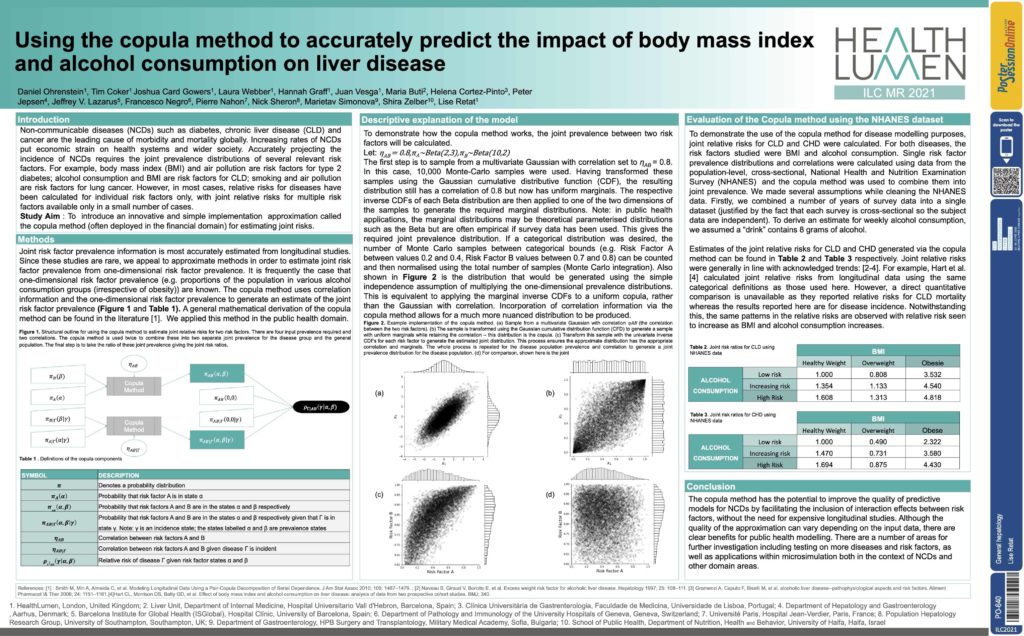
A method for improving NCD modelling using joint risk factors
Accurately projecting the incidence of NCDs requires the joint prevalence distributions of several relevant risk factors. For example, body mass index (BMI) and air pollution are risk factors for type 2 diabetes; alcohol consumption and BMI are risk factors for Chronic Liver Disease; smoking and air pollution are risk factors for lung cancer. However, in most cases, relative risks for diseases have been calculated for individual risk factors only, with joint relative risks for multiple risk factors available only in a small number of cases.
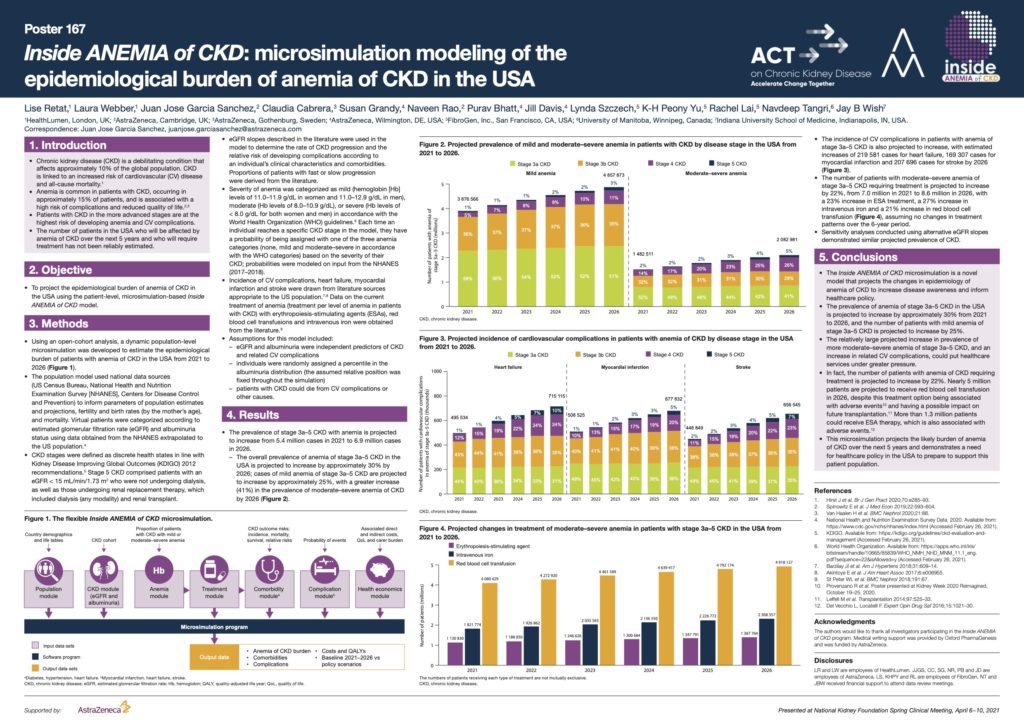
Quantifying the epidemiological burden of anemia of CKD in the USA and Canada via microsimulation modelling
Chronic kidney disease (CKD) is a debilitating condition that affects approximately 10% of the global population. Anemia is common in patients with CKD, occurring in approximately 15% of patients, and is associated with a high risk of complications and reduced quality of life.
The number of patients in the USA and Canada who will be affected by anemia of CKD over the next 5 years and who will require treatment has not been reliably estimated. This study, commissioned by AstraZeneca, projects the epidemiological burden of anemia of CKD in the USA and Canada using a patient-level, microsimulation-model.
In the USA the prevalence of stage 3a–5 CKD with anemia is projected to increase from 5.4 million cases in 2021 to 6.9 million cases in 2026. In Canada, the prevalence of anemia of stage 3a–5 CKD is projected to increase from approximately 1.5 million patients in 2021 to 2.2 million patients in 2026.
The projected increasing prevalence of advanced CKD and associated anemia, as well as the estimated increases in numbers of related cardiovascular (CV) events and patients who will require treatment, could put healthcare systems under greater pressure, and demonstrates a need for healthcare policy in the USA and Canada to prepare to support this patient population.
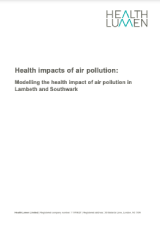
Health impacts of air pollution: Modelling the health impact of air pollution in Lambeth and Southwark
Air pollution has an adverse effect on people’s health, both in the long- and short-term. The Guy’s and St Thomas’ Charity commissioned HealthLumen to undertake a project to quantify the impact of air pollution on the health of the populations of the London boroughs of Lambeth and Southwark. In these areas, the majority of air pollution comes from road traffic, but also from heating and construction emissions. A number of policies have been put in place London-wide to reduce air pollution emissions and therefore prevent related impacts (for example ULEZ and BreatheLondon), as well as locally in Lambeth and Southwark. The findings of this study build on the existing body of knowledge on this topic by quantifying the impact of specific scenarios on air-pollution related health burden.
The key conclusions are that borough-specific and pan-London actions are required alongside local and national legislation and policy if larger health benefits and cost savings are to be made. It is clear that measures to maintain levels of NO2 emissions found during the COVID-19 lockdown and to meet the WHO levels for PM2.5 would have significant health and cost benefits for both Lambeth and Southwark.
View blog post